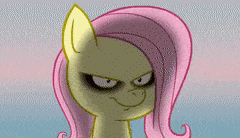29251280
Ohm's Law -REVIEW SECTION- (Mod.2 Sect.2 part2)
Description
Flashcards by That Yeti Dog Person, updated more than 1 year ago
More
Less

|
Created by That Yeti Dog Person
almost 4 years ago
|
|
Resource summary
| Question | Answer |
| In a circuit, resistance, current, and voltage have a special relationship. This connection was first discovered by ______. | George Ohm |
| Ohm's Law can be defined as this current: ____ | I=E/R |
| In the formula for ohm's law, the I (sometimes A) represents _____. | current |
| In the formula for ohm's law, the E (sometimes V) stands for _____. | voltage |
| In the formula for ohm's law, the R stands for _____. | resistance |
| The voltage that is present across each resistor in a circuit is called the _____. | voltage drop |
| _______ was developed by the 19th century physicist Gustav Kirchhoff. | Kirchhoff's loop |
| _______ rule states that the sum of all the voltages in a circuit (aka loop) must equal zero. | Kirchhoff's loop |
| When using Kirchhoff's loop rule, the voltage drops in a circuit are considered to be _____ numbers. | negative |
| The formula for Kirchhoff's loop rule is ______. | Et + Er1 + Er2.....= 0 |
| A _____ is a simple circuit that turns a large voltage into a smaller one. | voltage divider |
| A ______ is often used to create multiple voltages from one power supply. It can also be used to apply correct voltages to transistors or other solid-state components. | voltage divider |
Want to create your own Flashcards for free with GoConqr? Learn more.
